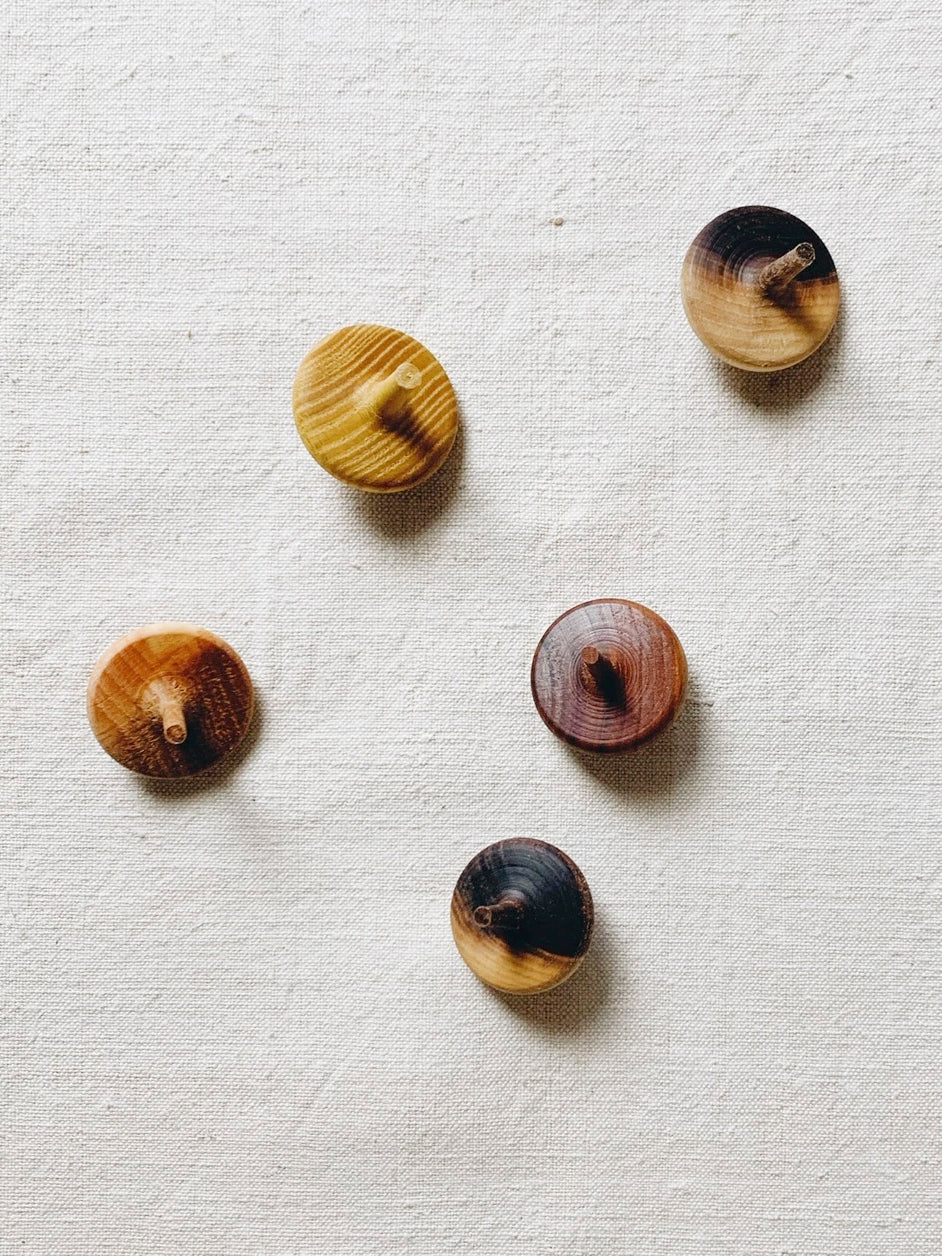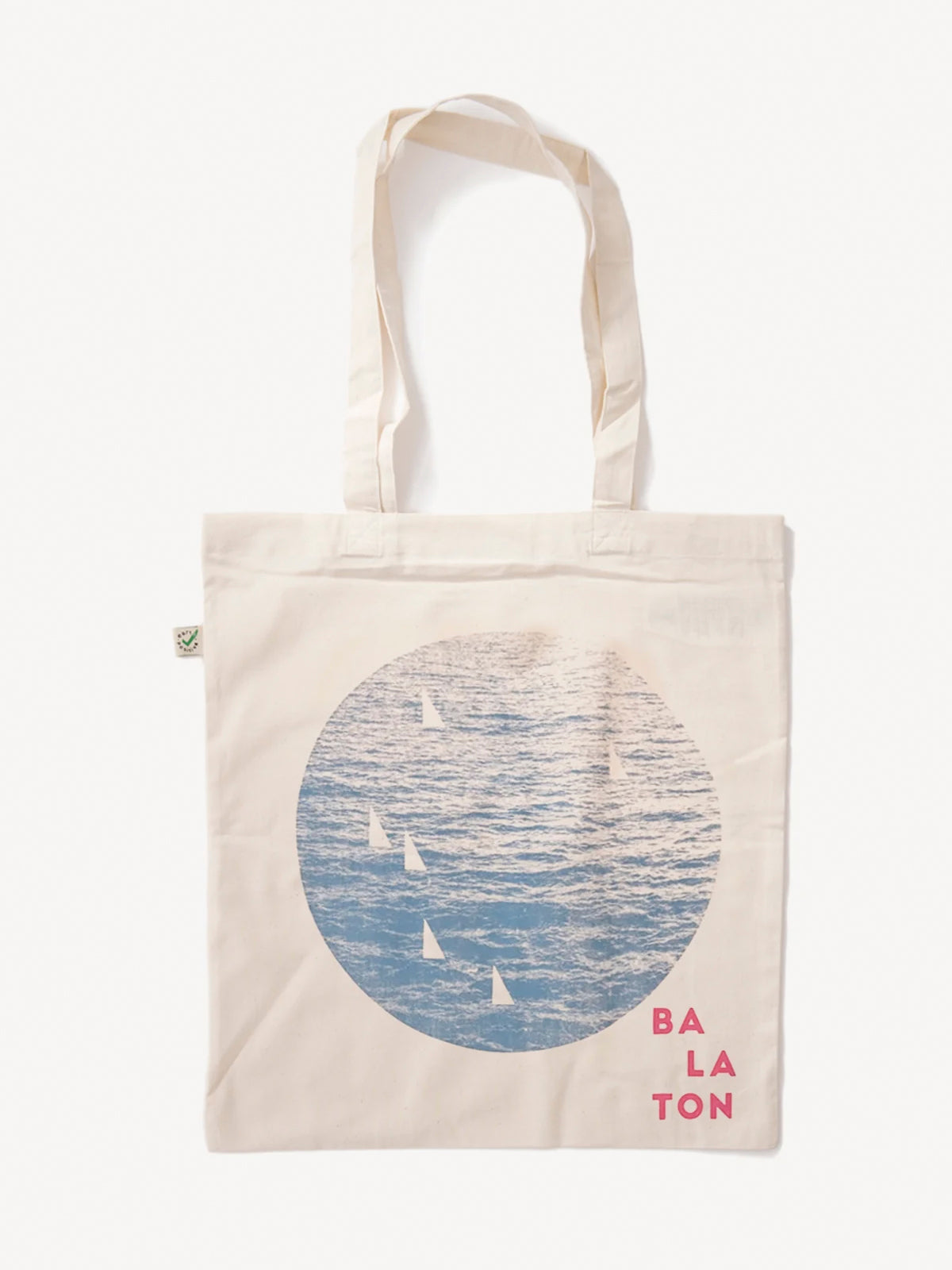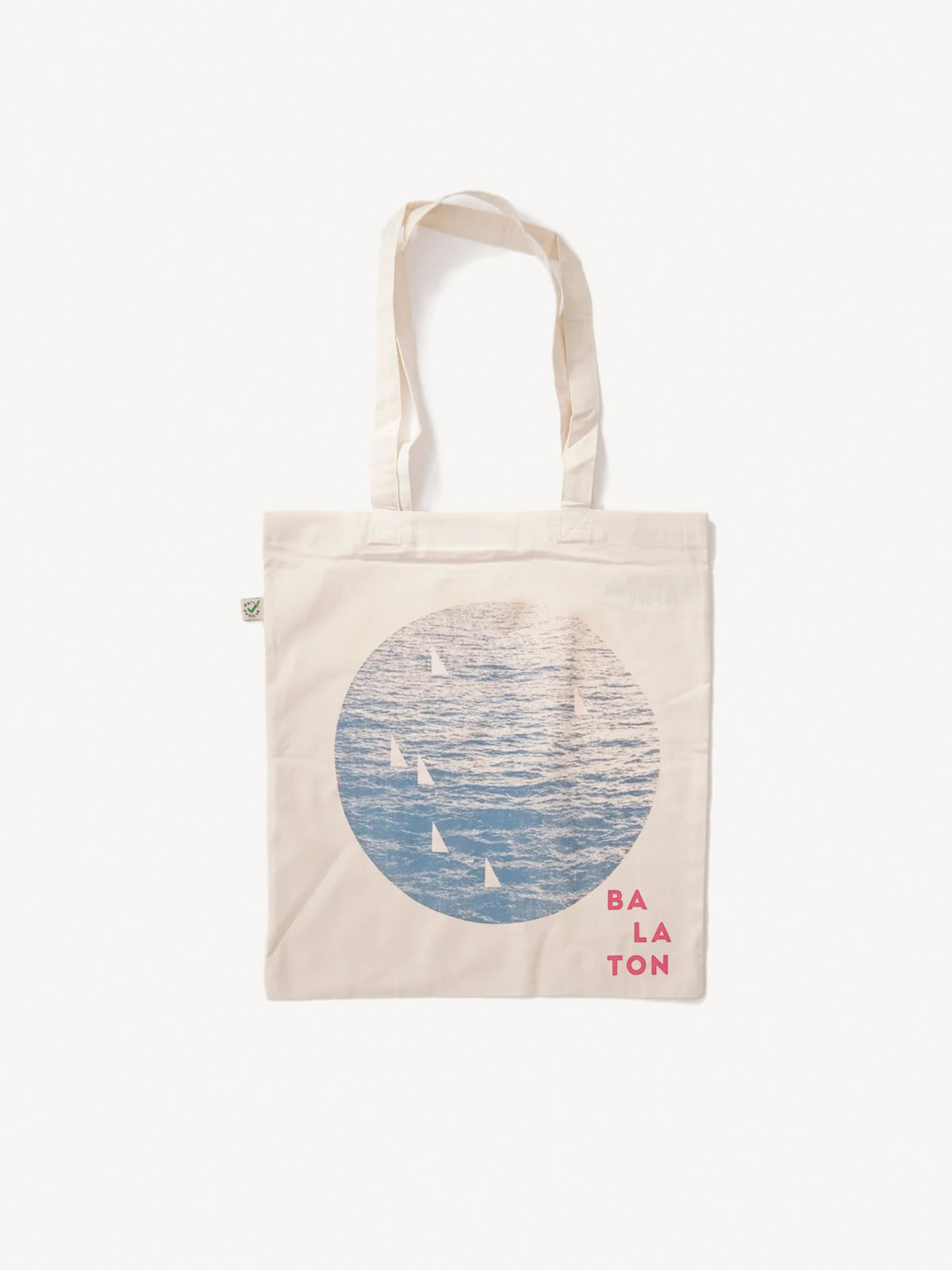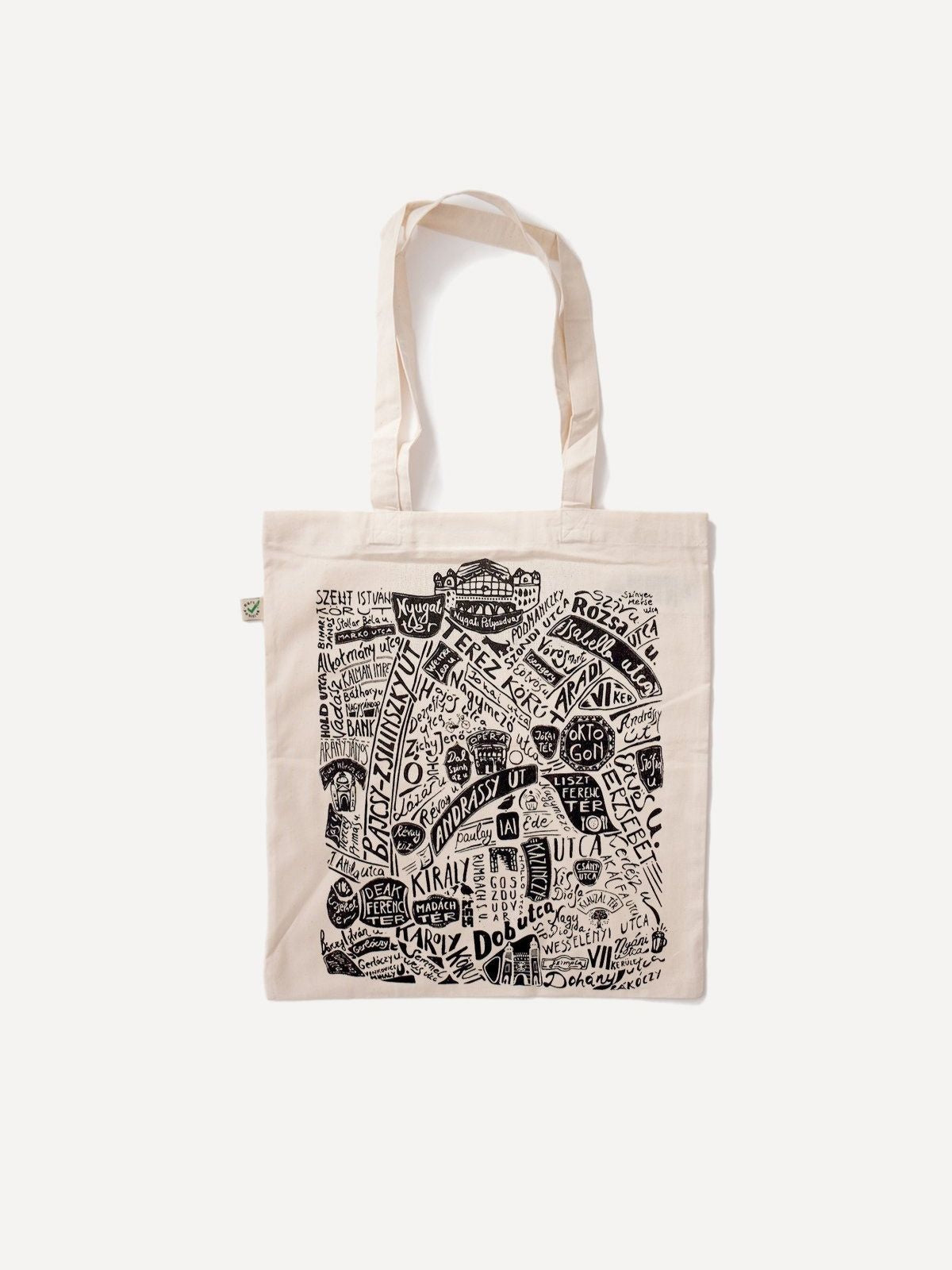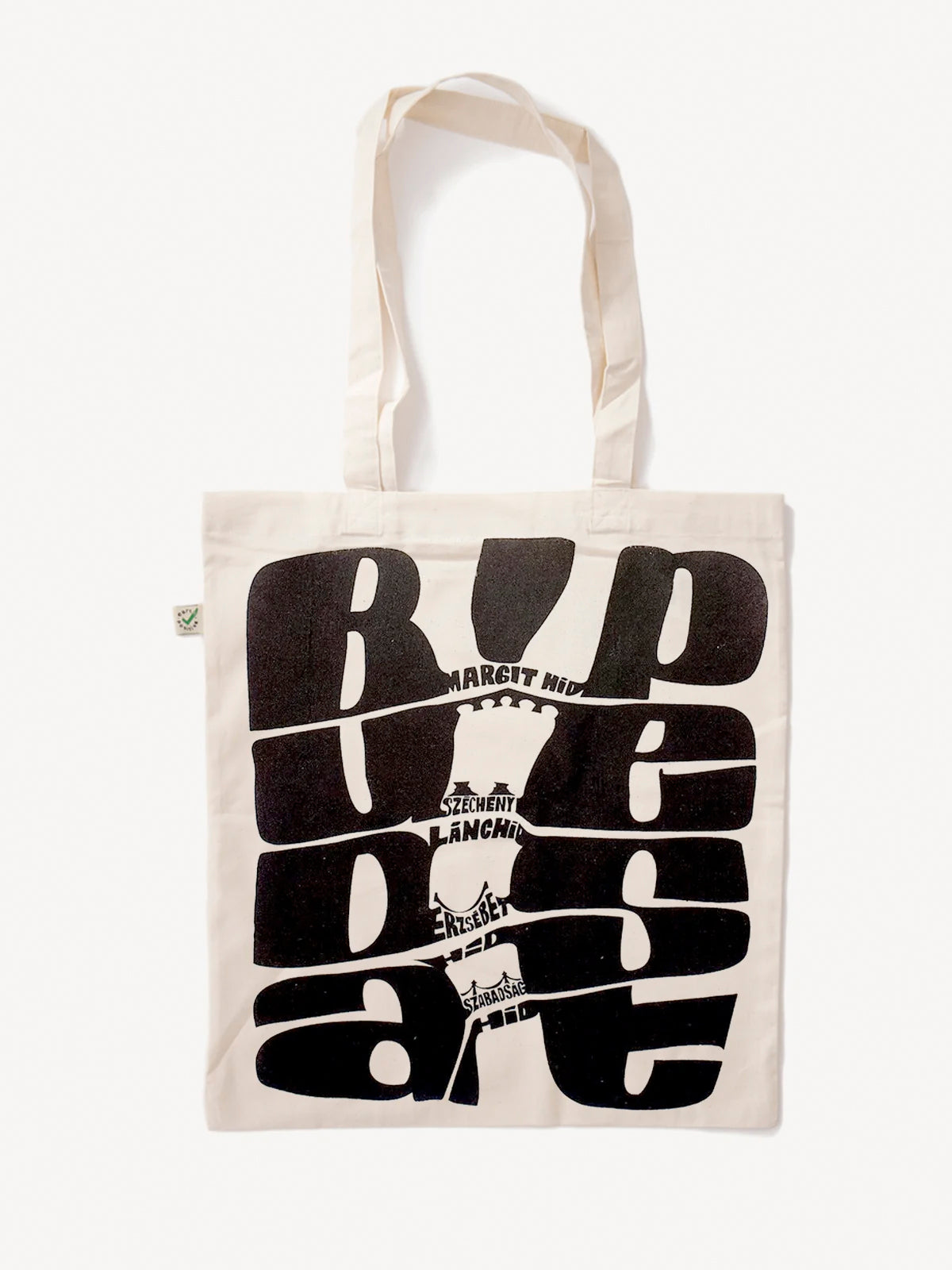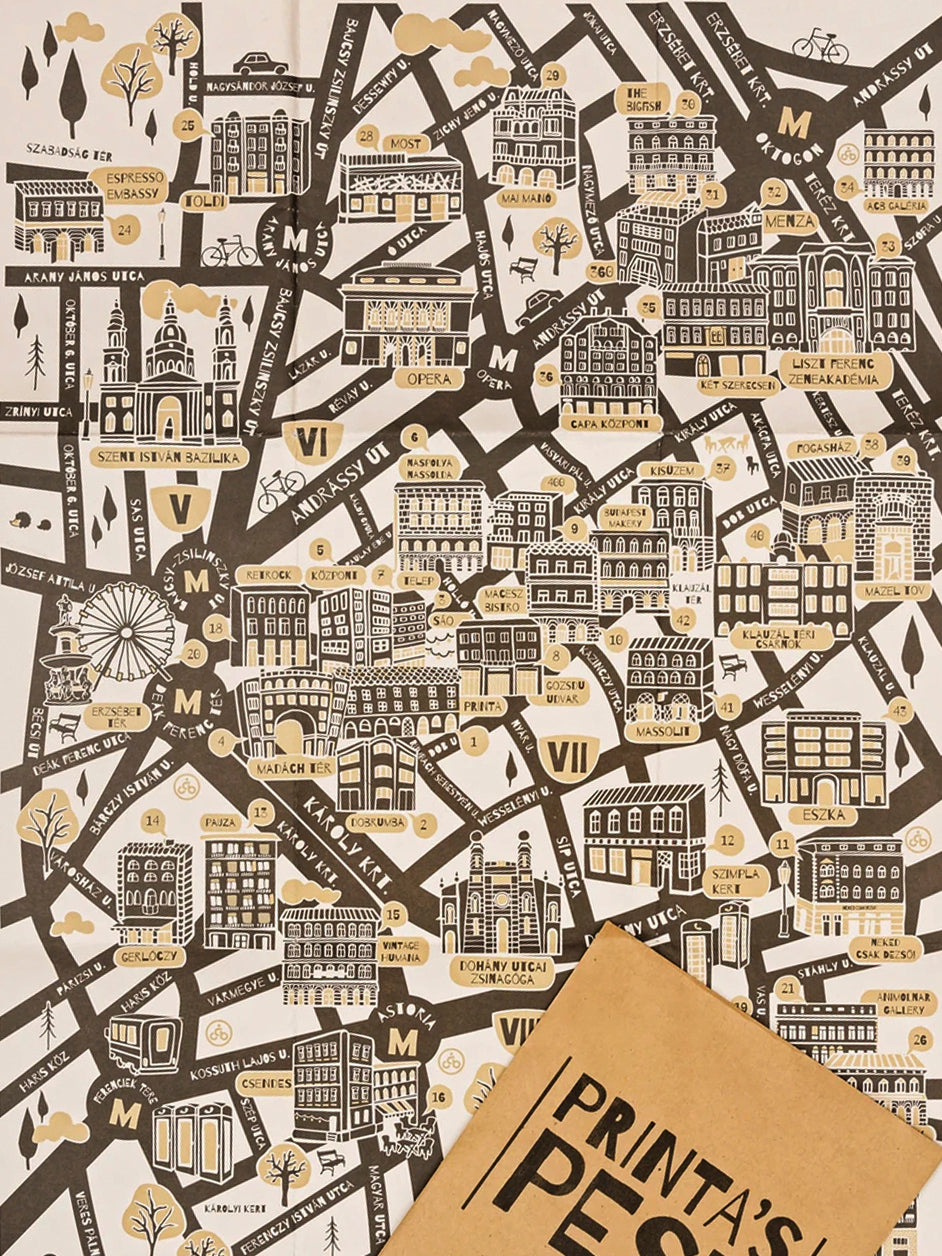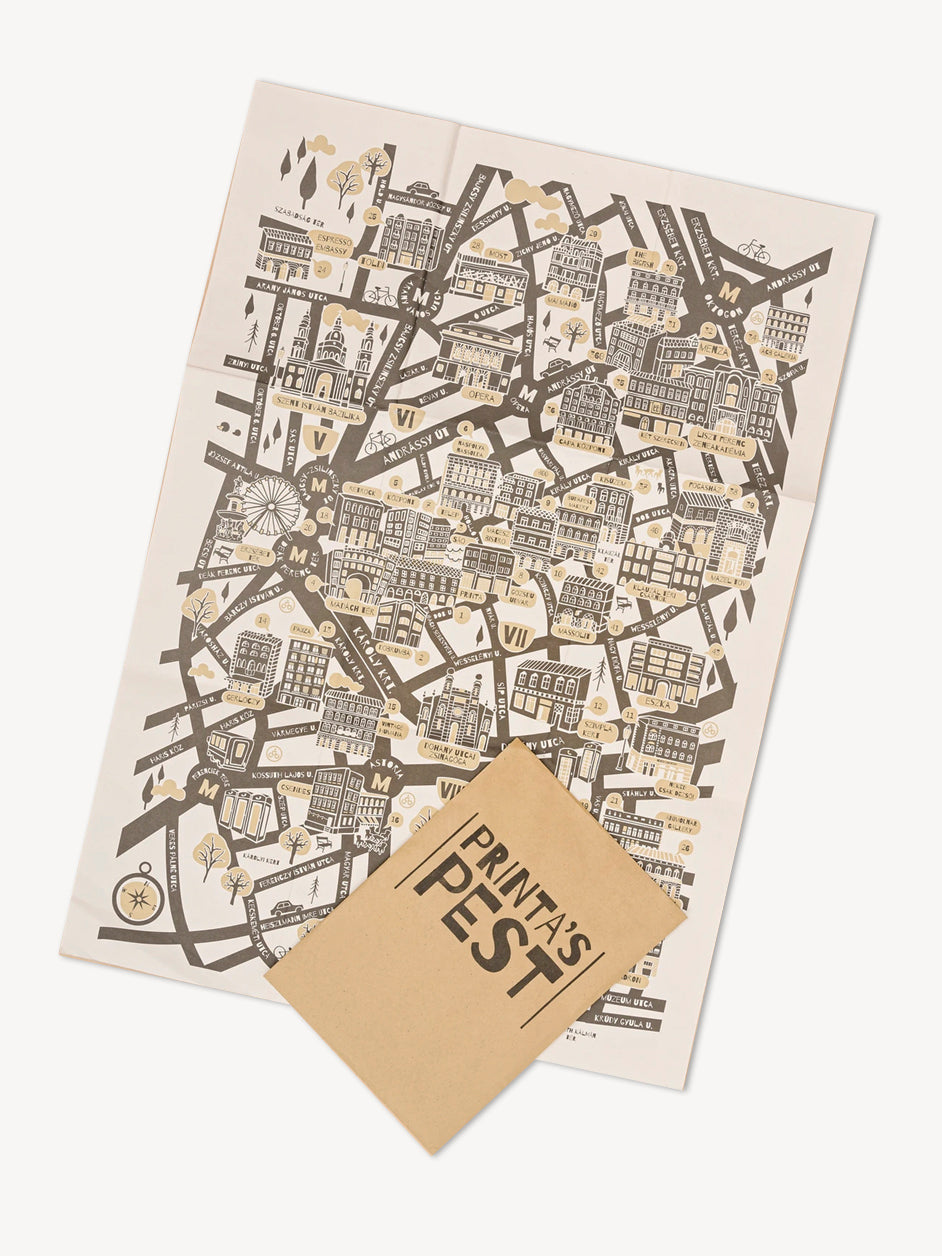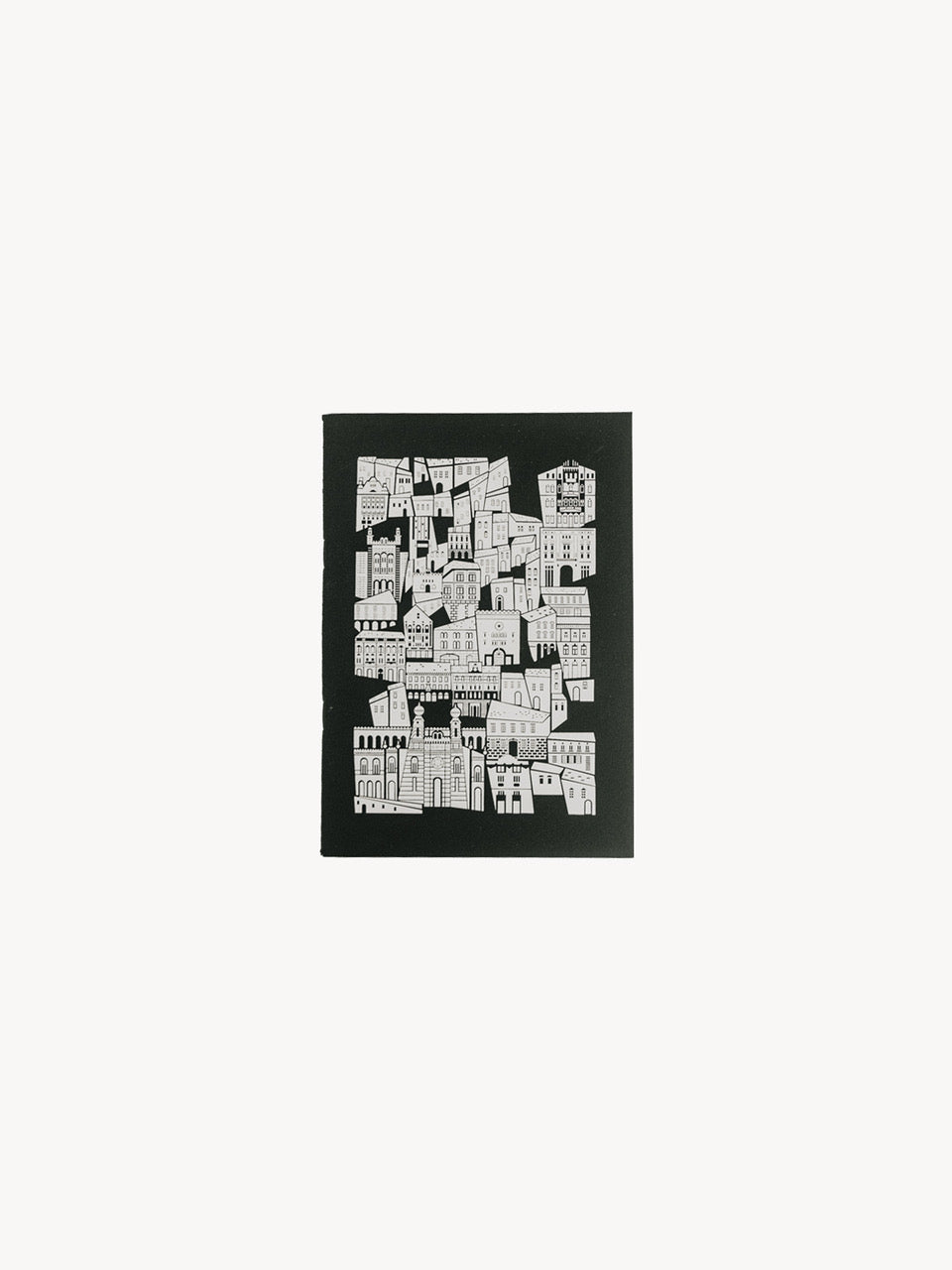Or why we are the uncrowned kings of upcycling
At the beginning of the 2000s, fast fashion brands exploded in Hungary and multiplied like mushrooms... In response, smaller, unique Hungarian brands began to emerge, which even then considered local production important.
Among them, Printa took an even more specific direction, we started producing environmentally conscious products - primarily from recycled materials, i.e. using the upcycling technique.
What is upcycling?
The upcycling technique is not the same as the more well-known recycling method, even though both are "reuse" according to their Hungarian equivalent. While recycling is the reuse of waste in its material form (e.g. through selective waste collection), upcycling also involves an increase in value - that is, the creation of an object with a new meaning by using materials that were considered waste. This could include a bag made from leather scraps, a dress made from used shirts, or even a jumpsuit made from jeans.
As for the relationship between Printa and the technique in question, we have been producing recycled leather bags since 2008 – the first bag designs were made for us by Anett Hajdú, and we obtained the leather jackets from various places.
We've brought you a retrospective gallery of our collections from the last 10 years, including some really funny and surprising things...
2011

We called this collection Upcycled collection – we were so happy to find a name for what we represent :)) because until now we didn’t know there was a word for what we do. We repurposed used cotton t-shirts, shirts and jeans in addition to the leather bags we were already used to. It was a risky move, we didn’t know how people would react to it, but in the end we sold all the pieces. Recycled leather is also used on belts and accessories.

2012

The first half of the year was made exciting by a collaboration – Nóra Sármán, who was still a recent graduate at the time, designed a mini collection for us, made of old lace and white used jeans. The collection was photographed by Réka Kóti.

We made cardigans from cotton sweaters used in the Black Moon collection, and tunics from shirts. During an exciting hunt, we found a large quantity of discarded stage clothes, made of shiny stretch material - from which we made pieced leggings. All this was completed with a raster, abstract screen print, which we applied to the already finished clothes.
2013


2014

The "Abstract geometry" summer collection featured shirt dresses made from shirts and geometric screen prints. A special piece was made from a vintage damask material, which was complemented by a transitional dyeing. We really like this collection because despite the various recycled materials - through dyeing and careful selection - a unified and harmonious atmosphere was created.

Recycled bedspreads and plaid shirts played a prominent role in our winter collection, but we also really loved the poncho – which was made from recycled knitted pieces – and the bedspread dress, which was made from a repainted duvet cover, in a zero waste way.
2015

Summer 2015 was all about recycling used shirts and patchwork, where remarkable maxi shirt dresses were created.

For the 2015 winter collection, we really let our imagination run wild – we experimented with different materials, made jackets from military sleeping bags and windbreakers from used paragliders.
2016

Summer 2016, pastel and ice cream colors, recycled shirts and jeans

The key pieces of the 2016 winter collection were leather dresses and tops made from recycled leather, which were made using the same patchwork method as our bags. However, they turned out to be very tricky, so they remained at an experimental level. The result was spectacular, and the audience loved it, and the finished pieces were snapped up quickly. However, what was a great success, and we still make it to this day – if we can find it – is our jacket made from a military blanket. A jacket is made from a blanket in a zero waste way, and thanks to the material, it is very warm, because it is not good for soldiers to be cold either.
2017

In addition to recycled shirts and jeans, we also started to recycle textile waste from a knitwear store, which we added a unique screen print to. We also screen-printed the white shirt pieces one by one into stripes, creating fresh, visually eye-catching pieces from this patchwork-style striped play.
2018

Jumpsuits, caftans, geometric screen prints, hemp ribbons, wooden buttons, recycled shirts and a sailcloth bomber jacket – on the Marie Claire Fashion Days runway. Our 2018 collection highlighted the beauty of details.
2019

A beautiful vintage yellow palm damask fabric set the tone for the collection, complemented by vintage linen fabric, combined with wooden buttons, recycled shirts, and cotton waste on the Marie Claire Fashion Days runway.
2020

Our 2020 collection features recycling, as well as the use of new, organic materials and zero waste tailoring solutions. The collection naturally includes used men's shirts, but we were looking for new, creative ways to use them, which is how the quarter-shirt T-shirt was born, the base of which is always a plain organic cotton T-shirt, and the quarter is a quarter shirt sewn on, which is of course different for each piece. The surface of the large shopper bag is decorated with a structure made from waste.

The winter collection features recycled vintage linen and shirts, as well as recycled knitwear
2021

I hope you liked this compilation and that we managed to introduce you to our brand, our work, and our commitment to the environment.
